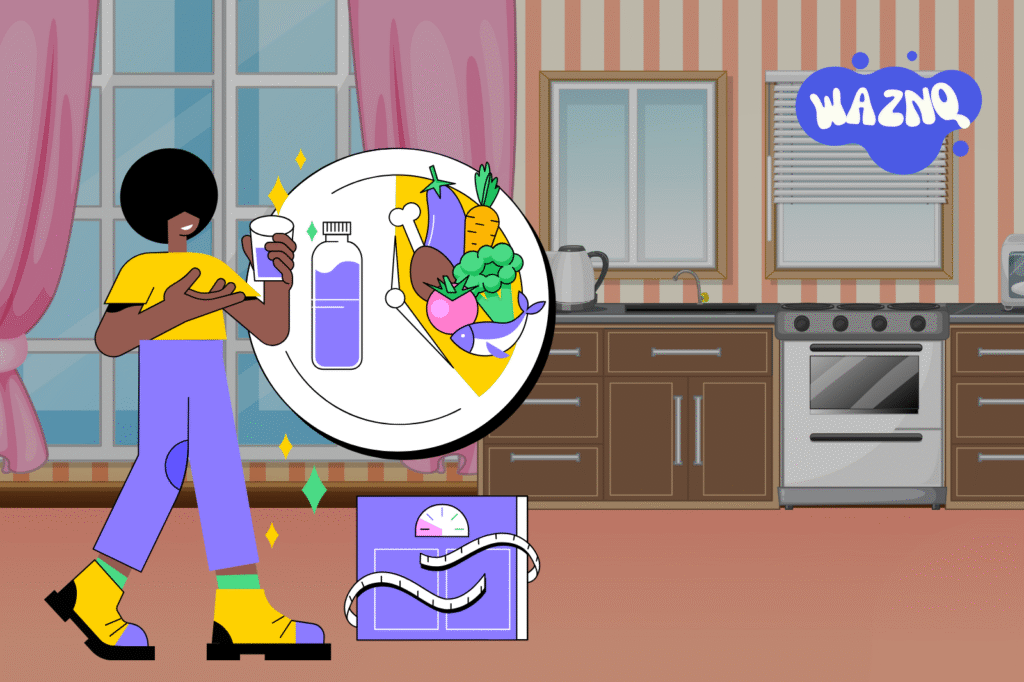My 30-Day Intermittent Fasting Experience – Las Vegas Style
You ever wake up one day and realize your eating habits are just… out of control? That was me. One night, around 1 a.m., I was sitting in my kitchen, finishing off a plate of tacos I definitely didn’t need. I remember thinking, “Alright, this has to change.”
I’d heard about intermittent fasting before, but never really gave it a shot. So, I spent a couple of hours on Google, reading about how it works. Turns out it’s not just skipping meals—it’s about giving your body a break from constantly digesting food. Supposedly, it can help with fat loss, improve focus, and even keep your energy steady. Sounded promising enough for me to give it a month-long trial.

How I Set It Up
I went with the 16:8 approach: fast for 16 hours, eat within an 8-hour window. For me, that meant skipping breakfast, eating my first meal around noon, and finishing dinner by 8 p.m. No crazy rules, no “you can never have this again” nonsense. Just timing my meals differently.
I decided to keep a little notebook—nothing fancy—where I’d jot down what I ate, how I felt, and any changes I noticed. Not for counting calories, just for awareness.
Week 1 – The Rough Start
The first few days? Brutal. Around 10:30 or 11 a.m., my stomach felt like it was yelling at me. Coffee and water became my best friends. By day three, the hunger waves got shorter, and I started to feel more in control.
One thing I noticed: I wasn’t automatically reaching for snacks out of habit. That alone felt like a small win.
Week 2 – Something’s Changing
By the second week, the morning hunger wasn’t nearly as bad. I had more energy in the afternoons, which was strange because I usually crash around 3 p.m. My focus at work got better too.
The scale said I’d lost a couple of pounds, but honestly, the bigger change was how my clothes fit—jeans felt looser, and I wasn’t bloated all the time.
Week 3 – Hitting My Stride
At this point, it didn’t feel like “fasting” anymore—it was just my new routine. I stopped obsessing over when my eating window started or ended; I just naturally waited until noon to eat.
Workouts were better too. I used to feel sluggish halfway through cardio, but now I could power through without that heavy, tired feeling.
Week 4 – The Payoff
By the end of the month, I could see the difference in the mirror—less belly fat, clearer skin, and a more defined jawline. My digestion improved, I was sleeping better, and I didn’t feel like I needed a nap every afternoon.
It wasn’t perfect. Some days I gave in and had a snack late at night, but I didn’t beat myself up over it. I just got back on track the next day.

Final Thoughts
Intermittent fasting isn’t some magic trick, but for me, it worked. It’s not about starving yourself—it’s about giving your body a break and eating with a little more intention.
If you try it, keep it simple. Pick a fasting window that works for your life, drink plenty of water, and listen to your body. And remember—slipping up isn’t failure. Just reset and keep going.

